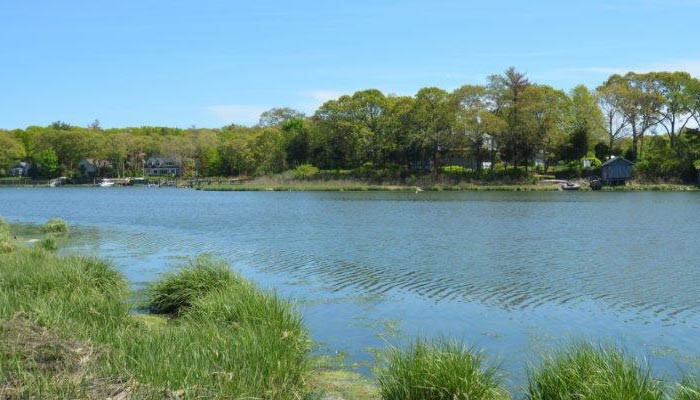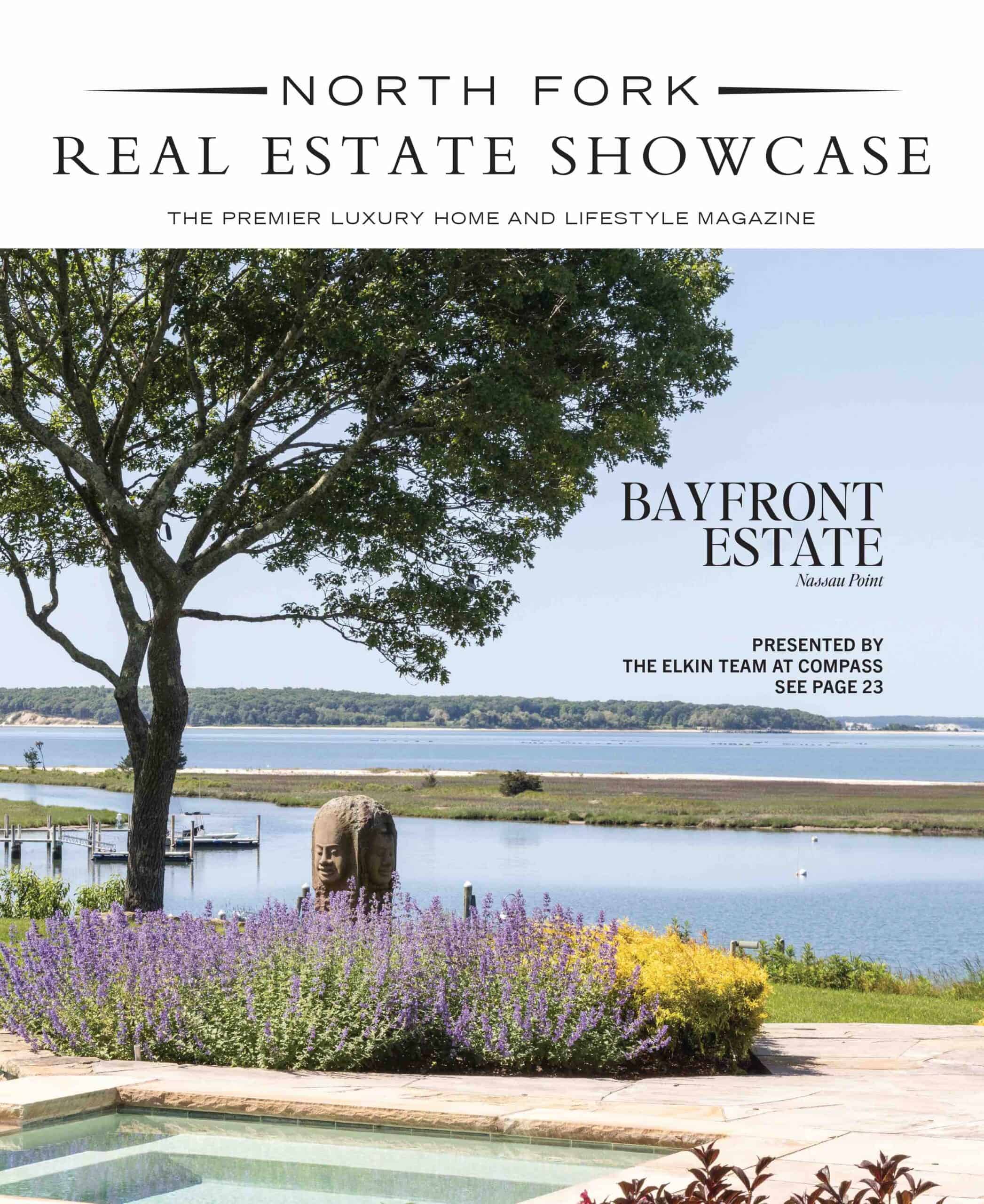Threats to farmland on the East End are nothing new. The value of land saw a significant increase in the 1970s on Long Island, which soon resulted in generational families having to sell their land in order to satisfy taxes. In the early 1980s when John v.H. Halsey was visiting home from the west coast, he noticed the 10th generation farm next door had a for sale sign. There were few organizations on Long Island to advise landowners on options that could protect their land and the character of an area that has long been a draw. With this in mind, Halsey founded the Peconic Land Trust in 1983 to help preserve and protect farms, natural land, and historic resources on the East End. Now ready to celebrate 35 years, Peconic Land Trust looks forward to continuing and expanding more than 12,000 acres already conserved on the East End.
Sharing that the increasing value of land continues to pose a huge threat to conservation in general, and farmland preservation in particular, Halsey says the value of protected farmland has skyrocketed on the South Fork, and will likely impact the North Fork as well over time.
“Non-farmers are purchasing and leasing protected farmland for equestrian and other purposes including as amenities to adjacent development at prices that few farmers can match, especially those who grow food,” Halsey says. “As a consequence, the average value of protected farmland on the South Fork is as high as $185,000 per acre. This has led to the acquisition of additional restrictions on farmland to assure that at least a portion of the remaining farmland is accessible and affordable to farmers for food production.”
Though there are many other threats, there is hope for land on the East End. Peconic Land Trust hosts a number of events, community conservation campaigns, supports various farm programs, and more in an effort to raise awareness and achieve its conservation goals. In Orient, the organization worked with the local community, Town of Southold, and the Edwards Family to purchase and protect 21 acres of farmland, woodlands, and wetlands that belonged to the Edward, Latham, and Terry families since the early 19th century. The area is now protected, and joins 600+ acres of protected land between Narrow River Road and the Cross Sound Ferry Terminal. A plaque was recently installed on the property in honor of former board member and conservation support Joe Townsend.

“Partnerships are an important part of the work of the (Peconic Land) Trust,” says Halsey. “From our partners in government, to many nonprofits and educational institutions, to local, regional and national organizations, we partner on conservation initiatives, educational and recreational programming, public policy initiatives, as well as programs that support our local working farms.”
Halsey says they have partnered with around 100 different organizations over the years. Partners with the Farms for the Future Initiative for example include Long Island Farm Bureau, Farm Credit East, Cornell Cooperative Extension of Suffolk County, Cornell University’s Long Island Horticultural Research and Extension Center, Long Island Wine Council, Edible East End, Suffolk County Planning Commission, Suffolk County Department of Economic Development and Planning, Nassau Land Trust, American Farmland Trust (New York), Land Trust Alliance, and the towns of Brookhaven, East Hampton, Shelter Island, and Southold.
The Farms for the Future Initiative works to protect farmland resources, as well as support new and established farm operations mentoring, business plan development, leasing and purchase of farmland, and access to grant funding for capital improvements. Projects include Edwards Farm in Orient, Quail Hill Farm in Amagansett, Shellfisher Preserve in Southold, Amber Waves Farm in Amagansett, and more across the East End. Though the fight for conservation may be a never-ending battle, Peconic Land Trust is ready for another 35 years of protecting heritage, building connections between people, communities, and the land, promoting stewardship, and so much more to protect the North and South Forks of Long Island.






